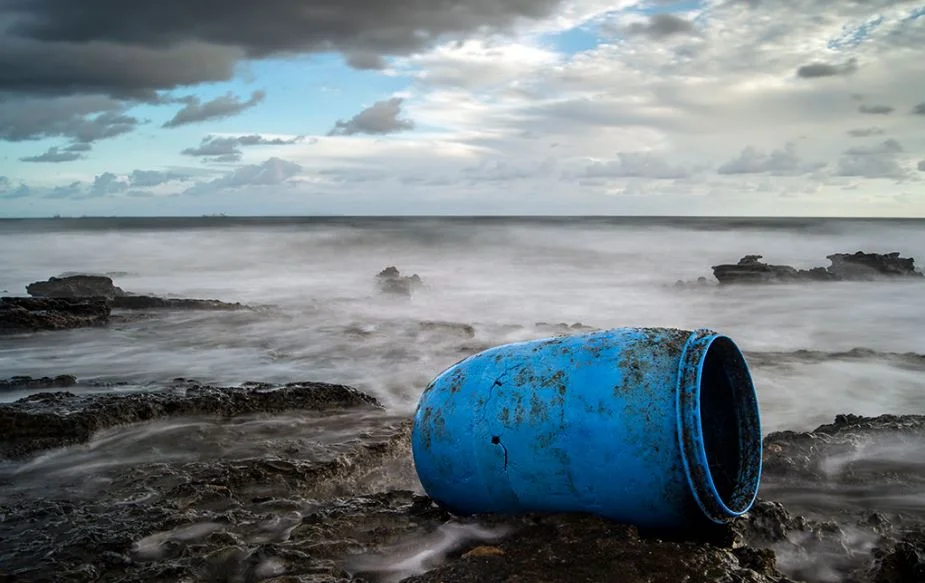Photo courtesy of Flickr
For many, groundwater serves as their main source of clean, potable water. Whether it is in a rural or urban area, groundwater can affect soil condition, navigable waterways and the quality of drinking water.
Contamination of groundwater poses a high degree of risks that could put you and your family’s health in danger.
Groundwater defined
While most people think of groundwater channels as labyrinths of pure and pristine sources of water hidden in the deep crevasses of the earth, the reality is far from that. While groundwater may indeed be found deep within the fabric of the earth’s crust, it is not sourced from vast underground lakes or rivers, but rather, streams that flow between the earth’s pores and cracks.
Most freshwater is sourced from groundwater. From irrigation and industrial processes to recharging rivers, lakes and wetlands, groundwater is an important resource. And while groundwater can be replenished locally (through precipitation), it is not inexhaustible.
Groundwater contamination
As surface water and groundwater are closely interconnected, when sources of surface water become polluted, there is also a risk of groundwater contamination. Tests can be done using Tigre Tierra inflatable packers to isolate specific sections of a bedrock where sources of groundwater persist to determine water quality and presence of contaminants.
Causes of groundwater contaminants can be categorized into two sources: point and non-point sources.
Point sources:
Agricultural waste (livestock)
Industrial wastewater
Municipal landfills
Effective tanks or pipelines containing petroleum products
Septic systems
Non-point sources:
Agricultural chemical runoff (fertilizers and pesticides)
Pollutants in surface water sources
Contaminants in atmospheric fallout (rain, snow, etc.)
Common groundwater contaminants include:
Road salts
Volatile Organic Compounds (VOCs)
Microbes
Nitrates
Pesticides
Contaminated groundwater can result in widespread disease and illness. Contamination affects all sources of life within its respective proximal area. This includes wildlife, plants, and of course, humans.
Current technology is incapable of immediately addressing water pollution, meaning contaminants can persist in groundwater sources for years. Clean-up efforts can entail difficult and expensive processes, requiring support from private firms and local governing bodies.
The most practical solution is prevention.
Preventing groundwater contamination
From the residential and commercial to governmental level, everyone can play a role in pollution prevention. There are many countless ways to protect groundwater sources, from managing waste to re-evaluating business processes. Below we highlight several key methods.
At home
If your residential property maintains a private groundwater well, contaminant prevention starts with testing. Performing water-quality sample tests periodically means avoiding potentially severe pollution sources from accumulating.
A qualified hydrogeologist can consult on potential contaminant sources surrounding your property and ways to address contamination.
For those living in more urban areas, there are several ways to protect groundwater sources.
These include:
Proper disposal of chemicals and sources of contaminants
Using natural alternatives for household cleaners
Getting involved in community cleanup projects and water education
At work
Businesses can do a lot to prevent further groundwater contamination from occurring. For businesses in water-dependent industries (agricultural, industrial, mining, environmental), solutions exist to address pollutants in contaminated groundwater sources.
Methods like pump-and-treat, ozonation, or reverse-osmosis restore water drinking quality. For groundwater that requires treatment in-situ, biological treatment solutions such as bioremediation and bioaugmentation exist to address site-specific groundwater contaminants.
Becoming more environmentally conscious and understanding how certain processes contribute to groundwater contamination will go a long way in preventing further irreversible damage to groundwater sources. Implementing environmentally friendly practices can also save your business money, increase return on investments, and attract new customers.
Governing bodies
The role of legal framework is to ensure effective groundwater governance. Every country and its respective municipalities will have established practices and water policies to manage, protect and use vital water resources such as groundwater.
Governing bodies and regulatory agencies should seek to further inform and educate residents on current and emerging protection legislation and programs. Practicing good pollution prevention is a top-down process that begins from local government representatives and environmental or health officials.
Groundwater governance is a public good and therefore essential to maintaining a healthy and safe community.
Beating contamination
Groundwater pollution is a very important topic of conversation, yet often gets overlooked. Groundwater sources are a fundamental segment of our clean water supply. Their current vulnerability and the threatened state puts all sources of life at risk.
But by taking steps to address sources of contaminants and pollution, we can set a better standard to minimize and prevent a greater risk of contamination.
AUTHOR BIO
Dave Baca is the General Manager at Aardvark Packers LLC, overseeing day-to-day operations as well as sales, marketing, purchasing and work order manipulation. He received his machinist degree in 1989 and excels at design on AutoCAD, transforming designs into the packer systems requested by clients.


